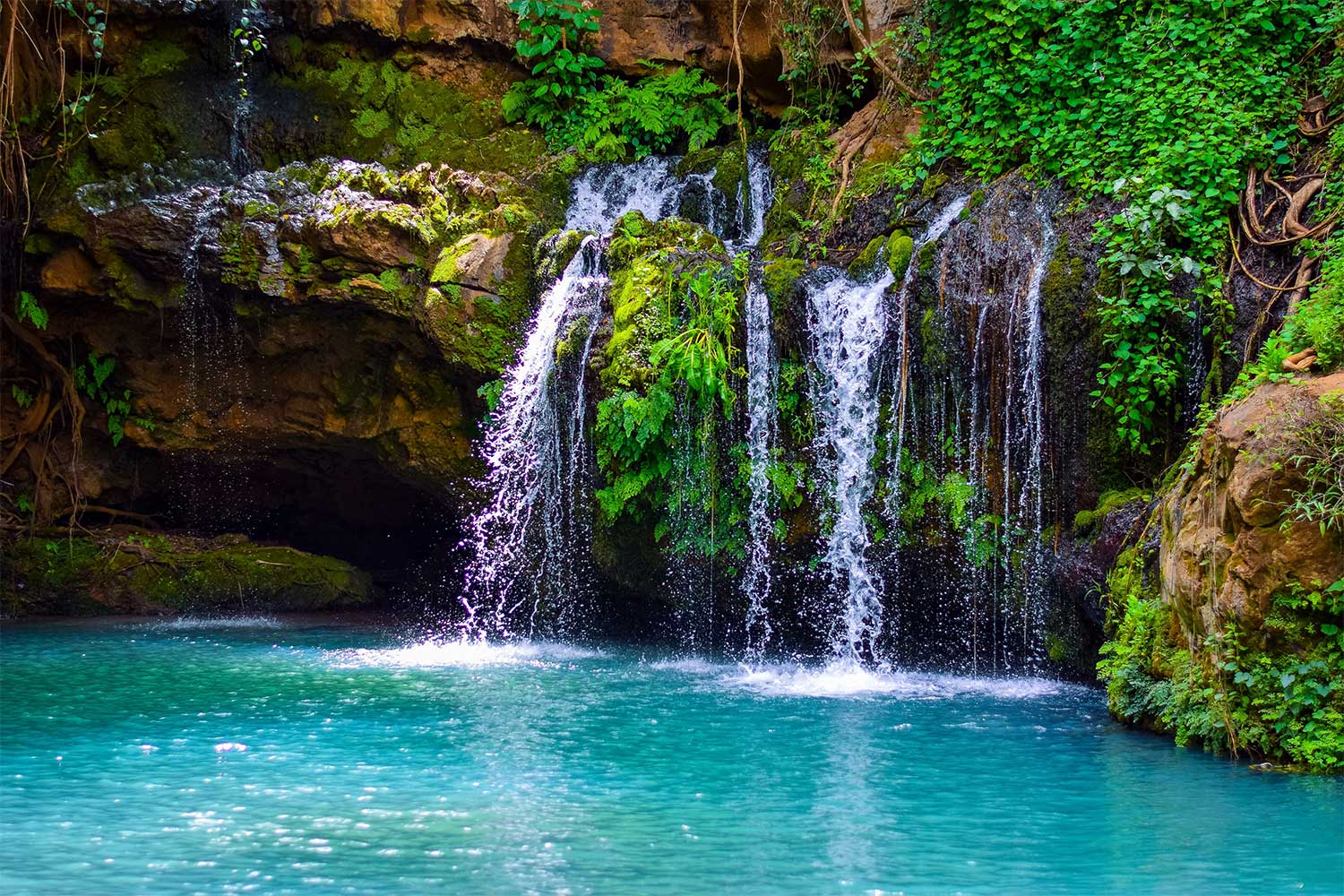New growth, innovation and untapped gems power the country’s rise beyond the traditional safari trail

Kenya is redefining its place on the global travel map, moving far beyond the traditional “Big Five” safari image. With new investments, unique experiences, and a growing creative economy, the country is positioning itself as Africa’s next major travel destination for 2026. Projections for 2026 indicate continued growth, fueled by expanded air connectivity, digital marketing campaigns, and niche tourism offerings that appeal to younger, experience-driven travelers.
Tourism on a Strong Growth Path
Recent figures from the Ministry of Tourism paint a promising picture. International arrivals reached 2.4 million in 2024, a 15 percent jump from the previous year, while tourism earnings grew nearly 20 percent, rising from KSh 377.5 billion in 2023 to KSh 452.2 billion in 2024.
The World Travel & Tourism Council projects that by 2025, the sector could inject KSh 1.2 trillion into Kenya’s economy — accounting for over 7 percent of GDP — and support nearly 1.7 million jobs. The country’s long-term target: 5.5 million international visitors by 2028.
This performance cements Kenya’s recovery from the pandemic slump and signals growing investor and traveller confidence.
Moving Beyond the Safari Circuit
While Kenya remains synonymous with world-famous wildlife reserves and coastal retreats, the government and private sector are deliberately broadening the product range to include culture, adventure, wellness, and technology-driven experiences.

At the heart of this diversification is a push to highlight hidden gems — places that showcase Kenya’s natural beauty and cultural depth but have yet to be fully discovered by mass tourism.
The New Faces of Kenyan Tourism
Kenya’s next tourism wave is not defined by the “Big Five,” but by big ideas — innovation, inclusivity, and imagination.
Ngare Ndare Forest, Meru County
Tucked beneath Mount Kenya’s foothills, the Ngare Ndare Forest is gaining attention for its turquoise pools, 450-metre canopy walk, and ancient fig trees. Once known only to conservationists, it now attracts adventure seekers looking for an alternative to the Mara.

Astrotourism: Stargazing in Northern Kenya
A new frontier is emerging in astrotourism — travel that explores the night sky. Kenya’s northern frontier counties such as Turkana, Marsabit, and Samburu, with their low light pollution and high-altitude deserts, are becoming magnets for astronomy enthusiasts.
The Lake Turkana Basin has been identified by astronomers as one of Africa’s best dark-sky regions, offering extraordinary visibility of the Milky Way. Community camps around Loiyangalani and South Horr now organize guided stargazing nights, linking astronomy with local folklore and storytelling.
Thingira Cultural Villages, Central Kenya
In the heartlands of Kiambu and Nyeri, visitors can now explore reconstructed Kikuyu homesteads known as “thingira,” offering immersive cultural storytelling, traditional cuisine, and community-led crafts. These cultural centres represent a renewed interest in indigenous knowledge and local livelihoods.
Cultural and Urban Immersion
Kenya’s cities are also reshaping how visitors experience Africa. Nairobi has been recognized by UNESCO as a member of the Creative Cities Network for its dynamic music, fashion, and gastronomy scene.
From Afro-jazz festivals to the thriving art galleries of Lamu and Kilifi, visitors are discovering a side of Kenya that thrives on creativity and cultural depth rather than wildlife alone.
Wellness and Creative Retreats
The rise of wellness tourism is also reshaping Kenya’s appeal. From yoga retreats on Lamu Island to forest bathing in the Aberdares, travellers are seeking serenity in nature. Artistic residencies and culinary experiences are adding new creative layers to Kenya’s hospitality sector.
Eco-Innovation and Regenerative Travel
Sustainability continues to define the next phase of Kenyan tourism. Community-led conservancies in Maasai Mara, Tsavo, and Samburu now channel tourism revenue into local development and wildlife protection.
Kenya is also pioneering regenerative tourism — an approach that seeks to leave destinations better than they were found. Solar-powered lodges, zero-waste camps, and carbon-offset travel packages are becoming standard features across the country.
Innovation and Connectivity Drive Growth
Kenya’s tourism revival is being supported by significant upgrades in infrastructure and air connectivity. The expansion of the Standard Gauge Railway, ongoing improvements to the Nairobi–Nakuru–Mau Summit Highway, and new regional air routes are opening access to previously remote destinations.
Visa reforms and enhanced intra-African marketing have also expanded the visitor base. Kenya’s participation in the African Continental Free Trade Area (AfCFTA) is positioning it as a hub for both business and leisure travel within the continent.
Global Recognition and Awards
Kenya’s renewed energy in tourism has not gone unnoticed on the global stage.
In 2024, the country was named “Africa’s Leading Destination” for the seventh consecutive year at the World Travel Awards (WTA). The Maasai Mara National Reserve was also crowned “Africa’s Leading National Park,” while Diani Beach retained its title as “Africa’s Leading Beach Destination.”
Nairobi’s hospitality industry is equally earning global acclaim — with high-end hotels and boutique stays being recognized for sustainability and innovation. These accolades have strengthened Kenya’s reputation as both a traditional and contemporary destination of choice.
A New Tourism Narrative
Kenya’s “Silicon Savannah” brand is also finding a place in tourism. Nairobi is hosting a growing number of innovation and cultural events — from the Africa Youth in Tourism Innovation Summit to digital nomad initiatives that encourage long-stay, remote-work travel.
This fusion of technology, culture, and conservation is crafting a new narrative — one that portrays Kenya as dynamic, creative, and forward-looking.
Sustainability at the Core
Sustainability is increasingly shaping Kenya’s tourism strategy. From reforestation drives in Laikipia and Samburu to community-based lodges in Turkana and Marsabit, the sector is aligning with global calls for responsible travel.
The Kenya Tourism Board (KTB) has intensified campaigns to promote eco-conscious practices and equitable benefit sharing with local communities — a shift that is earning the country recognition among ethical travel advocates.
Looking Ahead: Kenya’s Moment in the Spotlight
All indicators suggest that Kenya is on course to reclaim and redefine its place as a leading African destination. The country’s blend of innovation, cultural richness, and untapped natural diversity gives it an edge as global travellers seek more meaningful, less conventional experiences.
With 2026 on the horizon, Kenya’s story is no longer just about where to go — but how to experience it. The momentum is real, the products are diversifying, and the world is watching.
